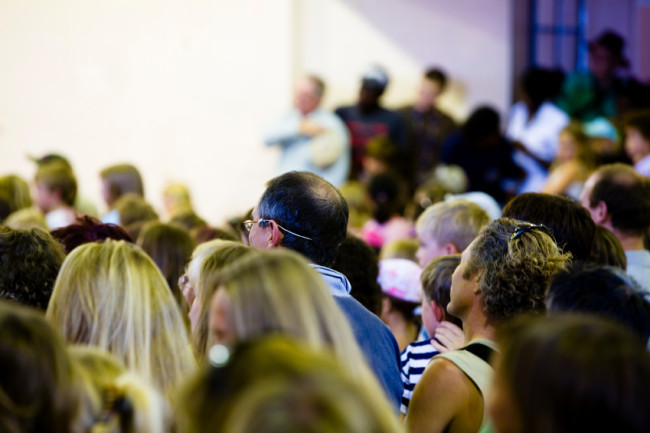How—and why—you should get on your NYC community board

Community board members act as advisors to elected officials to improve city neighborhoods.
Community boards are the first rung on the ladder of New York City’s administrative structure. More powerful than a local block association, community boards are written into the city’s charter and are there to advise elected officials on the important issues in the city's neighborhoods.
There's still plenty of bureaucracy separating community boards from the powers that be, but if you want to have your voice heard about zoning and development issues in your neighborhood, they are a great place to start. Application instructions can be found on each community board's website.
Members are unpaid and serve two-year terms. Three of the five boroughs have deadlines for new members in early February and one big change, decided on by NYC voters last year, is the introduction of term limits. Anyone appointed this year will have up to eight years to serve. This wasn’t popular for some who were concerned about a loss of talented, knowledgeable members. Andrew Goldson, press secretary to Manhattan borough president Gale Brewer, says the change was motivated by a desire not to have community boards "look the same, year after year after year.”
What community boards do
The number of community districts in each borough depends on its size and population. Boards are there to help and advise government officials on how to improve the area.
“You don’t need to be an expert or have a background in urban planning,” says Anthony Novaro, a community board member for District 1 in Manhattan. “I was just a concerned citizen. I had moved into Battery Park City and was focused on parks and public space and I thought I could add something,” he says. Applicants are thoroughly vetted, and participation and attendance at monthly meetings is important.
If full membership feels like too much responsibility, Goldson says there still ways to contribute. "Many community boards appoint public members to participate in a particular committee and lend their expertise and they will be involved as part of the process,” he says.
Community board meetings are public and though Goldson admits they can be dry, they’re a great way of finding out what’s happening in your neighborhood.
“You can hear about an application for a license for a sidewalk cafe, an event that’s planned in a local park, about investments in infrastructure or applications from city agencies and private developers about real estate and new housing—which is a big part of what community boards do,” he says.
If you’re on the fence, here are three ways your involvement can influence what happens in your neighborhood.
Have a say in the zoning of areas
Zoning might not sound glamorous but it’s a huge player in preserving or changing a neighborhood’s character.
“Zoning is the ground rules of what can be built and where,” says Goldson.
He says community boards play a role in making sure neighborhoods are stable places to live. “As the rules get changed, there’s a tremendous need to balance the city’s need for more housing with neighborhoods’ need not be overwhelmed beyond their infrastructure and their capacity to absorb that housing,” Goldson says.
Get the public discussion underway
Before land is rezoned, the first stop is the community board. Goldson says, “they ask questions and depending on how those questions are answered, it can determine the public discussion around how these projects pan out.” He says that can affect the kinds of housing that get developed, which includes how much affordable housing is included. Goldson points to East Harlem and Inwood as an example where the community board has contributed to the discussion of the area’s future.
Bring services to the neighborhood
Keeping up with growth is critical. Anthony Novaro says the population of his district, which includes Battery Park City, the Financial District, and Tribeca has doubled in 10 years.
“Because of all the new development and conversion from commercial to residential, that’s putting a put a lot of pressure on services like sanitation, public safety, and schools.” Community boards are there to support an area’s growth. “We have a task force that was effective in getting one new school that will open in 2021. We are still 500 or 600 school seats short for what we need for our residents,” he says.
You Might Also Like



























